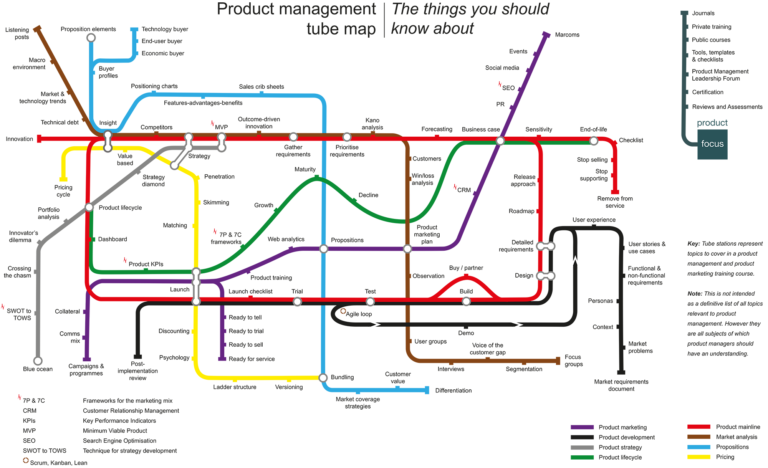My thoughts on Software Pricing's blog about the
Signs your Pricing Strategy isn't working.
1. A customer base littered with bespoke deals.
The main problem usually encountered is that there isn't (much of) a discounting
policy or it isn't adhered to. When I worked at NeuStar, there was a solid
discounting policy AND a robust methodology to go beyond it.
"Special deals" had to be approved not by sales
management, but by the product board. This mechanism really did account for the revenue /
cost / profitability for the whole customer lifecycle.
2. Purchase options that include unlimited, or
“all-you-can-eat” use.
Hmm, unlimited deals should be used when the value of the propositions is
too complex for the customer and the vendor to justify, but everyone knows
there's significant value. Within reason, as long as costs / burden don't torpedo
profit margins, it is entirely valid.
Obviously, it is easier to make this decision when the
variable cost of more consumption is tiny.
Fair use policies (whether formal or informal) need to be
implemented so that costly abuse of unlimited can be contained. For example,
'burst usage' when greater utilisation is permitted but within reason (eg to a
limit or within a period).
3. Prices that don’t account for customers’ varied budget
cycles.
Simple statement, but the ripple back of this issue can be
massive.
Let's say your customers get paid on a project-basis ie on
completion of milestones. As a customer, you'd like to pay your suppliers when
you get paid. As a vendor, if income can be guaranteed, this may be acceptable.
If however, the revenue is exposed to risk, this may not be
acceptable to either party. For example, the construction industry is prone to
delays or changes. As a concrete vendor, payment on project completion is
unlikely to be acceptable.
In the software sector, does this change how your product is
priced (yes!) or delivered (likely) or built (possibly)?
4. Enacting pricing changes without modeling the impact on
legacy and net new revenues.
Oh, SO important!
A company releases a new product version that is supposed to
cannibalise the existing product. They anticipate that all existing customers will
diligently glide over to the new product without churn.
Oh, how wrong! Any change in product or pricing can lead to re-evaluation of the proposition and the possibility of churn. Please see my work for CDK Global for exactly this problem/
5. Complex or confusing pricing
Value-based pricing is great in theory, but if your product
has multiple and diverse use cases, then the complexity of pricing appropriately
becomes far too difficult to support. As a result of the practical decision to
simplify pricing models, your target market may be sliced to a smaller size – never
a palatable proposition, but sometimes mandatory to simplify all sorts of
problems, not just in sales, but in product development and delivery and branding.

